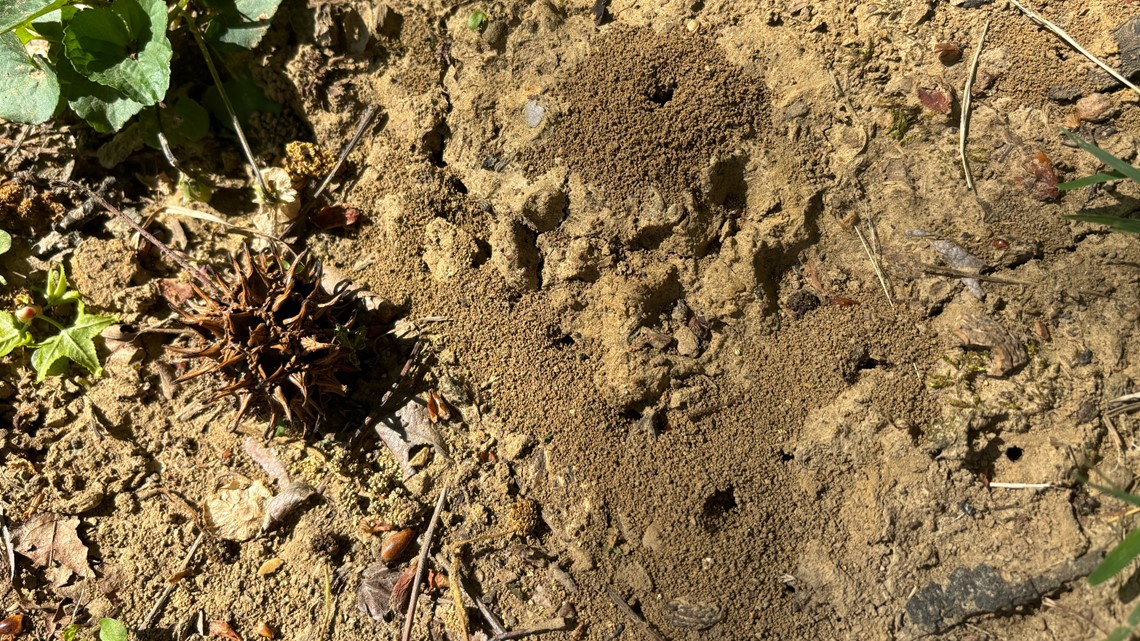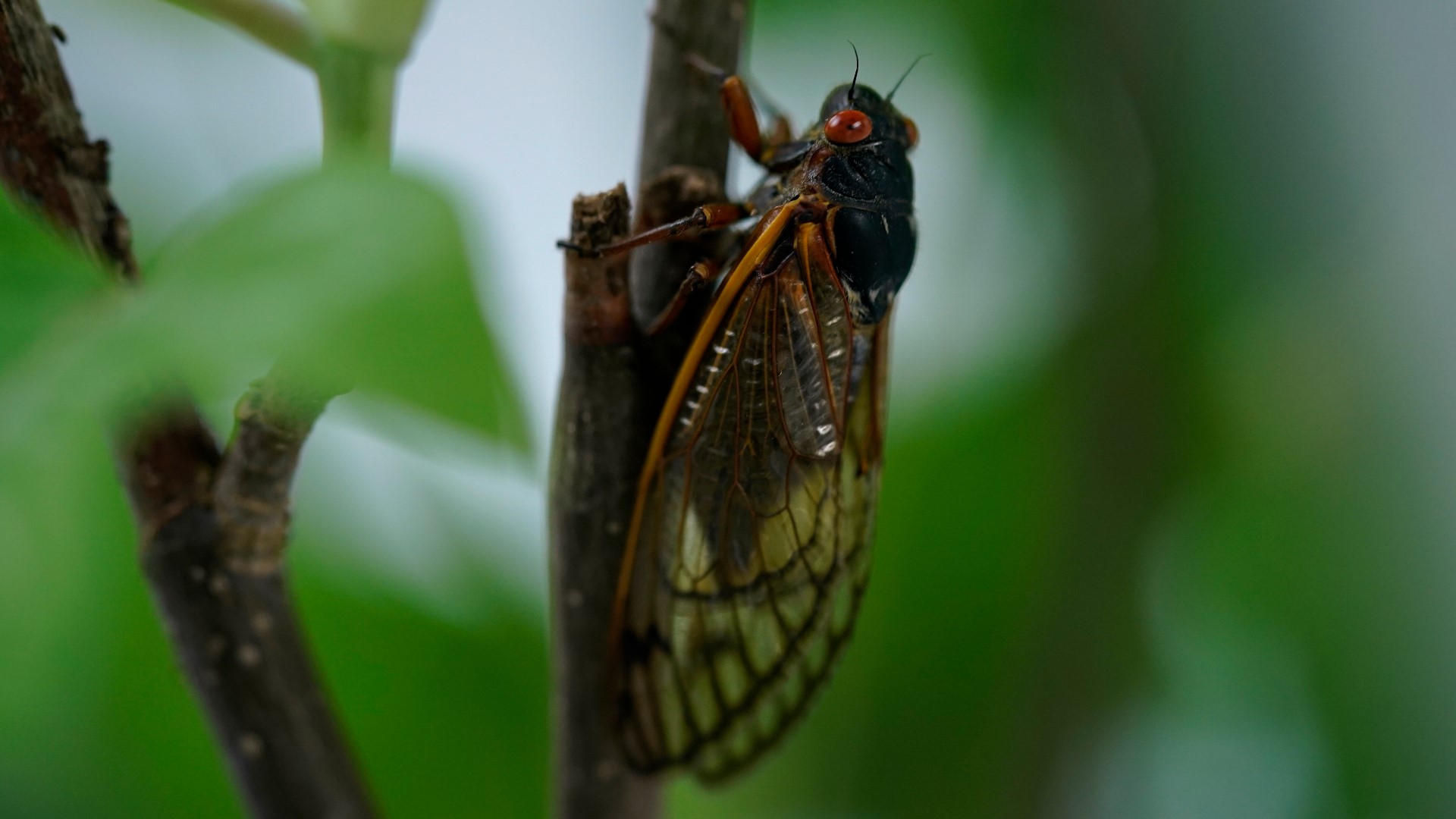MISSOURI, USA — Missourians were preparing for a "rapid invasion" in 1998.
Archived St. Louis Post Dispatch articles describe the coming invasion as "visceral," an "acoustic assault," and a "noisy spectacle."
The invaders were cicadas, whose 1998 emergence was the largest in Missouri history. The Missouri Department of Conservation (MDC) said two periodical broods emerged simultaneously during that year, the first time the broods converged in more than 200 years.
"For the first time since 1777, the largest brood of 13-year cicadas is emerging at the same time as the largest brood of 17-year cicadas," a 1998 Post Dispatch article said.
In 2024, the Midwest will see a similar dual-emergence of 13-year and 17-year cicada broods, but they won't regionally overlap as they did in 1998. The insects may also be in danger this year due to an extremely early start to their emergence, potentially as soon as Tuesday, April 16.
Cicada broods tend to emerge in mid-May, as they did in 1998. Three factors indicate a potential early emergence this year: soil temperatures, holes appearing in the ground, and iris blooms.
Soil temperatures
Periodical cicadas have historically emerged when soil temperatures at 8 inches below the surface reach 64 degrees, according to research published in 1965. The study's methodology has been replicated numerous times since, with similar results being found in each trial.
A National Weather Service soil temperature map indicates that numerous areas across Missouri are about to cross that threshold. Temperature readers in Gray Summit, Elsberry and Prior are all between 60 and 64 degrees at 8 inches of soil depth as of Monday morning. Dexter's reading is the closest at 64 degrees exactly. This week's storms expected to drench Missouri with warm rain on Tuesday will help those soil temperatures rise even more, potentially pushing them past the 64-degree mark.
Holes at the base of trees
Another telltale sign of a coming cicada emergence can even be seen in backyards across the state in the form of inch-wide holes at the base of trees, according to MDC Forest Entomologist Robbie Doerhoff.
"People are seeing the pencil-sized holes in their yards and the mud chimneys. These both indicate that emergence is coming any time," Doerhoff said.
"The [cicada] nymphs will basically pre-dig their exit holes, back down into the tunnel, and wait for the right conditions to finally leave the ground. So they have made their preparations in many places across the state, including my yard here in the Columbia area."


Iris blooms
A more informal trigger experts look out for is when irises begin to bloom.
The emergence of the purple flowers tends to coincide with the cicada emergence. The Missouri Botanical Garden said some of the garden's irises bloomed as early as April 10.
A historically early emergence may be exciting, but it could also pose exceptional dangers to the entire cicada brood. In 2023, the St. Louis region had a hard freeze in late April. An early emergence would put cicadas at risk of a mass kill if another late freeze happens. Thankfully, meteorologists are forecasting warm and moist temperatures for the foreseeable future.
"Looking to plant? Additional widespread freezes are looking increasingly unlikely!" a recent National Weather Service tweet said.
Top St. Louis headlines
Get the latest news and details throughout the St. Louis area from 5 On Your Side broadcasts here.

